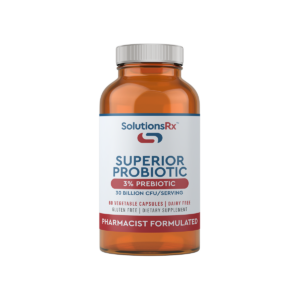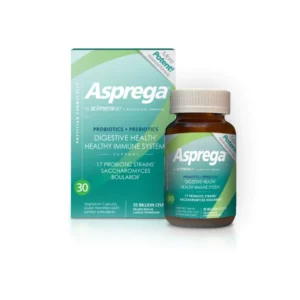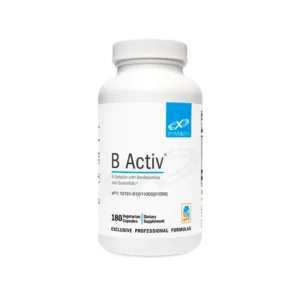Hair/Skin/Nails Gummy
$24.95
Benefits and Features
- Supports hair shine and brightness‡
- Supports nail hardness, resistance and smoothness‡
- Supports skin moisture and elasticity‡
- Includes 250 mg of clinically-researched hydrolyzed KeraGLO® keratin per serving
- Contains 3 mg biotin, along with cofactors vitamin C and zinc
- Great-tasting, peach mango flavor
- Gummy delivery form
Indications
- Ages 18 and up
- Healthy skin, hair and nail support‡
Suggested Use
As a dietary supplement, take 2 gummies daily, with a meal or as directed by a health professional.
Verifiable Science
Hair/Skin/Nails Gummy offers a blend of hydrolyzed soluble keratin, biotin, zinc and vitamin C in a great-tasting gummy. Keratin is an abundant fibrous protein with high levels of cysteine, lysine, arginine and methionine. It plays an important structural role in hair, skin and nails.1 KeraGLO® hydrolyzed keratin is extensively hydrolyzed into smaller molecules in order to improve absorption. In an unpublished comparison study, KeraGlo® was found to be more bioavailable than other forms of partially hydrolyzed keratin. In a clinical study involving women ages 30-60, 90 days of supplementation with 1000 mg KeraGlo® combined with nutrient cofactors offered support for hair density and brightness, nail growth and decreased hair shedding.2 Another 90-day study evaluating a 500 mg daily dose of hydrolyzed keratin with nutrient cofactors suggests that the combination supports hair shine and brightness, as well as nail hardness and smoothness.3 Research indicates that biotin may help reinforce the keratin structure of the nails, promoting strength and thickness.4 Vitamin C and zinc are integral collagen and keratin cofactors. Adequate levels of these nutrients have been associated with healthy hair and skin. Among its many biological functions, zinc is an important factor in skin barrier function against oxidative stress as well as immune function in the skin.5,6 Vitamin C plays a role in skin resiliency and may help to counter the effects of oxidative stress.7‡
References
- Coulombe PA, Omary MB. Curr Opin Cell Biol. 2002;14(1):110–22.
- Nobile V, et al. TCOJ. 2021
- Beer C, et al. Sci World J. 2014;2014:641723.
- Hochman L, et al. Cutis. 1993 Apr;51(4):303-5.
- Jin W, et al. Guang Pu Xue Yu Guang Pu Fen Xi. 1998 Feb;18(1):91-3.
- Vollmer D, et al. Int J Mol Sci. 2018;19(10). pii:E3059.
- Pullar JM, et al. Nutrients. 2017 Aug 12;9(8). pii: E866.







